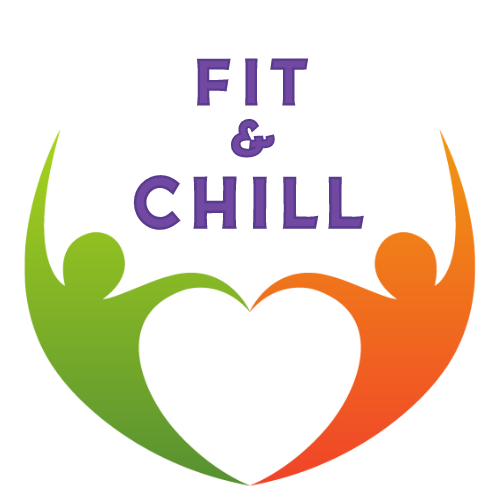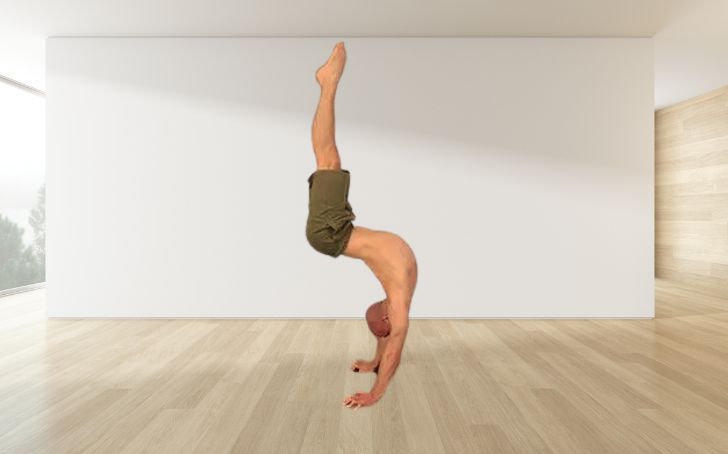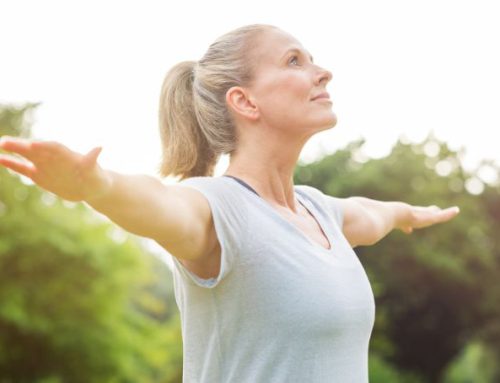Benefits of The Rise with Floor Touch
- Lower Body Strength: Rise with Floor Touch targets the quadriceps, hamstrings, glutes, and calf muscles, helping to strengthen and tone the lower body.
- Improved Flexibility: Reaching down towards the floor encourages flexibility in the hamstrings, hip flexors, and lower back, helping to improve overall mobility and range of motion.
- Core Engagement: Maintaining proper posture and balance throughout the movement requires core stability, helping to strengthen the muscles of the core and improve overall stability and balance.
- Functional Movement: Rise with Floor Touch mimics movements used in daily activities such as bending and reaching, making it a functional exercise that translates to improved movement efficiency in everyday life.
- Calorie Burning: Due to its dynamic nature and engagement of multiple muscle groups, Rise with Floor Touch is effective for burning calories and can contribute to weight loss and fat burning goals.
Tips for Beginners:
- Start Slow: Begin with slow, controlled movements to ensure proper form and technique before increasing speed or intensity.
- Focus on Form: Pay attention to maintaining proper posture throughout the exercise, including keeping your chest up, back straight, and knees tracking in line with your toes.
- Control the Descent: Lower down into the squat with control, rather than dropping down quickly. This helps prevent injury and ensures proper muscle engagement.
- Use a Mirror: Performing Rise with Floor Touch in front of a mirror can help you monitor your form and ensure proper alignment of your torso and arms.
- Modify as Needed: If reaching towards the floor feels challenging, you can start by reaching towards your knees or thighs and gradually work towards reaching lower as you gain flexibility and strength.



Leave A Comment